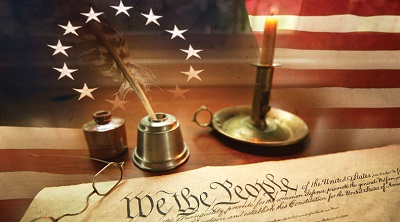A Historical Background of Independence Day

The original 13 colonies, which would expand to become the United States we know today, were initially under the rule of the King George III of England. Due to taxation disputes, there was friction between the English Parliament and the original colonists. During this chaotic era, King George sent more troops to help control any rebellion happening in the land. In 1774, the 13 colonies sent their representatives to Philadelphia to form its First Continental Congress. They were not happy with England’s leadership, however, they chose not to declare war against them. By April 1775, the king’s troops went to Concord, Massachusetts, which began the colonies’ war. The U.S. Army fought bravely in order to attain their own deliverance and liberation from the hands of British parliament.
By June 1776, the committee wrote a formal declaration of independence through the leadership of Thomas Jefferson. Together with other members of the committee (namely Benjamin Franklin, John Adams, Roger Sherman and Robert R.
Livingston) they wrote the first draft on June 28. After a series of arguments the final decision was made in the afternoon of July 4. In order to make it official, John Hancock, the president of the Continental Congress, signed the Declaration of Independence. Afterwards, thousands of copies were distributed throughout the land. On July 6, 1776, it was printed in the newspaper for the first time in Pennsylvania. By the 8th of July it was read for the first time in public at Philadelphia’s Independence Square.
On July 4, 1777, the entire U.S. celebrated its first Independence Day. In the 1800s picnics, fireworks and parades began being practiced as a way of celebrating Independence Day.
![Twin Rivers Nursing & Rehabilitation [logo]](https://www.twinriversnursing.com/wp-content/uploads/sites/108/2017/05/logo.png)